November 22, 2019 | Deborah Kotz
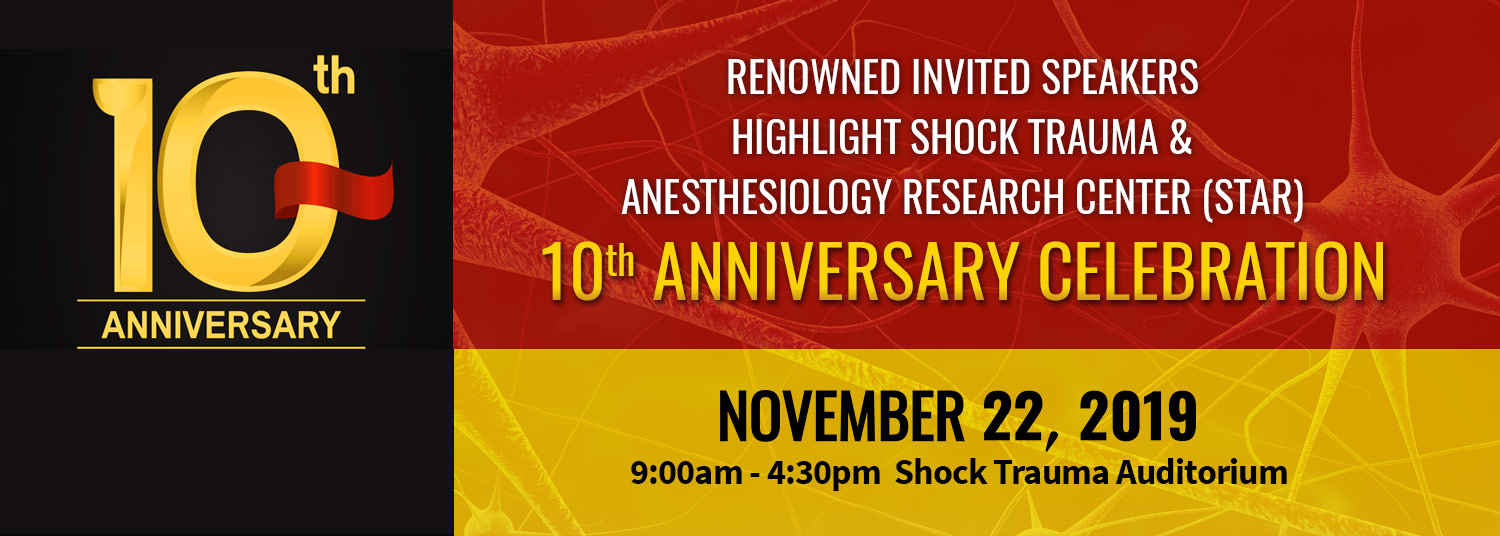
Center Celebrates Significant Advances in Trauma Therapies Including Those for Traumatic Brain Injury, Sepsis, Critical Care and Spinal Cord Injury
The Shock Trauma and Anesthesiology Research (STAR) Center at the University of Maryland School of Medicine (UMSOM), one of the first centers in the U.S. dedicated exclusively to studying the prevention and treatment of trauma, held a full-day symposium to mark the Research Center’s 10-year anniversary. Over the past decade, the world-class, multi-disciplinary research center has focused on traumatic brain injury, critical care, organ support, injury prevention, and surgical outcomes.
The STAR Center researchers have changed the landscape of critical care medicine through crucial advances in the understanding of how the body and brain reacts to and heals from serious illness and injuries. Some noteworthy accomplishments include: the discovery of “danger molecules” that trigger heart attacks and sepsis during times of critical illness; new insights into novel ways to stop profuse traumatic bleeding; and the role of neurotoxic inflammation in contributing to lasting effects of traumatic brain injury.
STAR Center 10th Anniversary Video
“The strong partnership and collaboration between the programs in trauma and anesthesiology have led the STAR Center faculty to make important discoveries that have helped refine treatments and develop better therapies to improve the care of injured and critical care patients nationwide,” said UMSOM Dean E. Albert Reece, MD, PhD, MBA, University Executive Vice President for Medical Affairs and the John Z. and Akiko K. Bowers Distinguished Professor. “I am particularly proud of the STAR Center’s leadership in conducting translational research, which has led to pioneering advances in the understanding and treatment of trauma, tissue injury, critical care and anesthesiology.”
Research support for the STAR Center has risen through the years, increasing in fiscal year 2019 to nearly $20 million, about double the $10 million in total funding that the STAR Center received five years earlier. Over the past decade, STAR Center researchers brought in a total of more than $135 million in research grants. In addition, nearly 60 faculty members last year published a total of 212 research papers, the most ever for the STAR Center.
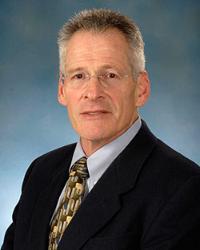 “This increased funding and the recruitment of talented new faculty over the past several years will serve to accelerate our research discoveries related to trauma, shock, critical care and peri-operative care,” said STAR Center Director Alan Faden, MD, the David S. Brown Professor in Trauma at UMSOM.
“This increased funding and the recruitment of talented new faculty over the past several years will serve to accelerate our research discoveries related to trauma, shock, critical care and peri-operative care,” said STAR Center Director Alan Faden, MD, the David S. Brown Professor in Trauma at UMSOM.
Today’s event to mark the 10th anniversary will feature internationally recognized researchers from outside institutions, as well as from UMSOM, who will present on the latest research in the field.
- Patrick Kochanek, MD, Professor of Critical Care Medicine at the University of Pittsburgh Medical Center will detail promising new therapies for traumatic brain injury including the use of hypothermia in certain patients.
- Douglas Smith, MD, Director of the Center for Brain Injury and Repair at the University of Pennsylvania, will discuss new discoveries concerning the long-term impact of concussion on brain function.
- Avery Tung, MD, Professor of Anesthesiology and Critical Care at the University of Chicago, will present on new developments in sepsis treatment.
- Timothy Billiar, MD, Chair of the Department of Surgery at the University of Pittsburgh, will discuss how the use of genomics and other “OMICS” has shed important new light on human response to injury.
Researchers from the STAR Center detailed their latest findings including ways to improve outcomes for critically ill cardiac surgery patients and the use of virtual reality therapies to help patients recovering from trauma. The full agenda for the research presentations can be found on the UMSOM website.
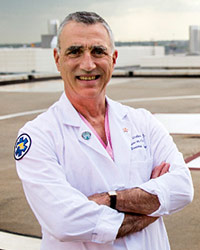 “This celebration is an opportunity to learn about the latest research developments in TBI, hemorrhagic shock, and sepsis care and management,” said Thomas Scalea, MD, Physician-in-Chief of the R Adams Cowley Shock Trauma Center. “Our intention is to celebrate our achievements in the spirit of collegiality and collaboration.”
“This celebration is an opportunity to learn about the latest research developments in TBI, hemorrhagic shock, and sepsis care and management,” said Thomas Scalea, MD, Physician-in-Chief of the R Adams Cowley Shock Trauma Center. “Our intention is to celebrate our achievements in the spirit of collegiality and collaboration.”
The STAR Center’s broad mandate to advance the field of critical care medicine also includes its National Study Center for Trauma and Emergency Medical Systems, which was established by Congress as a research center is to prevent death and disability caused by injury and sudden illness. NSC studies have been used to improve vehicular safety, to refine patient care, and to develop public education programs for the prevention of trauma. For example, NSC recently participated in a multi-center study of injuries sustained in vehicular crashes, funded by the National Highway Traffic Safety Administration, which was able to identify detailed information on “real crashes” and “real injuries” sustained by the car’s occupants. The findings could help lead to new safety innovations.
STAR Center researchers have also been developing algorithms to predict short-term and long-term patient outcomes in the intensive care unit. For example, STAR Center researchers in the Program in Trauma and the Department of Anesthesiology developed and tested a Bleeding Risk Index to provide minute by minute analysis of the photoplethysmograph (pulse oximetry) waveform to assess cardiovascular function and predict the need for a blood transfusion. They also developed an “ICU Viewer”, which uses real-time patient hemodynamic (blood flow) data to identify patients at risk of decompensation (organ failure) and provides an “at-a-glance” view of all patients in a critical care unit at once or for an individual patient for up to 7 days.
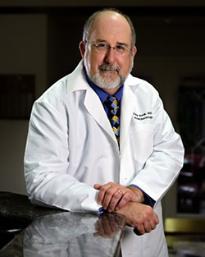 “We have a wide array of new research planned for the future including investigating new treatments for bleeding disorders, acute lung injury and sepsis,” said Peter Rock, MD, MBA, Chair of the Department of Anesthesiology at UMSOM. “We also plan to expand the use of big data, machine learning, and artificial intelligence to aid in clinical decision-making both in trauma and the critical care unit.”
“We have a wide array of new research planned for the future including investigating new treatments for bleeding disorders, acute lung injury and sepsis,” said Peter Rock, MD, MBA, Chair of the Department of Anesthesiology at UMSOM. “We also plan to expand the use of big data, machine learning, and artificial intelligence to aid in clinical decision-making both in trauma and the critical care unit.”
About the University of Maryland School of Medicine
Now in its third century, the University of Maryland School of Medicine was chartered in 1807 as the first public medical school in the United States. It continues today as one of the fastest growing, top-tier biomedical research enterprises in the world -- with 43 academic departments, centers, institutes, and programs; and a faculty of more than 3,000 physicians, scientists, and allied health professionals, including members of the National Academy of Medicine and the National Academy of Sciences, and a distinguished recipient of the Albert E. Lasker Award in Medical Research. With an operating budget of more than $1 billion, the School of Medicine works closely in partnership with the University of Maryland Medical Center and Medical System to provide research-intensive, academic and clinically based care for more than 1.2 million patients each year. The School has over 2,500 students, residents, and fellows, and more than $540 million in extramural funding, with most of its academic departments highly ranked among all medical schools in the nation in research funding. As one of the seven professional schools that make up the University of Maryland, Baltimore campus, the School of Medicine has a total workforce of nearly 7,000 individuals. The combined School and Medical System (“University of Maryland Medicine”) has an annual budget of nearly $6 billion and an economic impact more than $15 billion on the state and local community. The School of Medicine faculty, which ranks as the 8th highest among public medical schools in research productivity, is an innovator in translational medicine, with 600 active patents and 24 start-up companies. The School works locally, nationally, and globally, with research and treatment facilities in 36 countries around the world. Visit medschool.umaryland.edu
About the University of Maryland Medical Center
The University of Maryland Medical Center (UMMC) is comprised of two hospitals in Baltimore: an 841-bed teaching hospital Downtown – the flagship institution of the 14-hospital University of Maryland Medical System (UMMS) – and a 177-bed teaching hospital, UMMC Midtown Campus. UMMC is a national and regional referral center for trauma, cancer care, neuroservices, cardiac care, diabetes and endocrinology, women’s and children’s health. All physicians on staff at the Downtown flagship hospital are faculty physicians of the University of Maryland School of Medicine. At UMMC Midtown Campus, faculty physicians work alongside community physicians to provide patients with the highest quality care. UMMC Midtown Campus was founded in 1881 and is located one mile away from the Downtown Campus. For more information, visit umm.edu.
Contact
Department of Anesthesiology
(410) 328-6120 (phone)
(410) 328-5531 (fax)
swalsh@som.umaryland.edu
Deborah Kotz
Director of Media Relations
Office of Public Affairs & Communications
University of Maryland School of Medicine
o: 410-706-4255
c: 410-804-0054
t: @debkotz2
Related stories
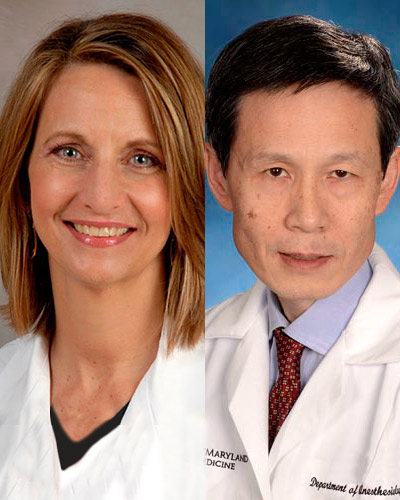
Monday, January 27, 2020
UM School of Medicine's Shock, Trauma and Anesthesiology Research (STAR) Center Announces Leadership Transition
University of Maryland School of Medicine (UMSOM) Dean E. Albert Reece, MD, PhD, MBA, announced today that the UMSOM”s Shock, Trauma and Anesthesiology Research (STAR) Center will begin the next phase of its history with new leadership.
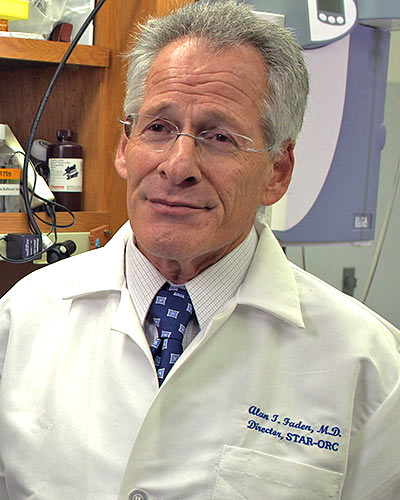
Thursday, December 07, 2017
University of Maryland School of Medicine Scientists Find that Traumatic Brain Injury Causes Intestinal Damage
University of Maryland School of Medicine (UMSOM) researchers have found a two-way link between traumatic brain injury (TBI) and intestinal changes. These interactions may contribute to increased infections in these patients, and may also worsen chronic brain damage.
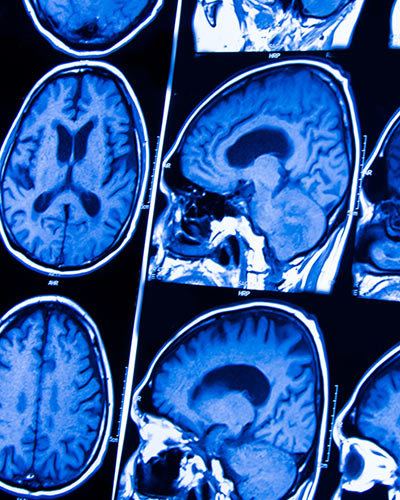
Monday, March 20, 2017
University of Maryland School of Medicine Researchers Identify New Pathway for Brain Inflammation
University of Maryland School of Medicine (UM SOM) researchers have identified a new mechanism by which inflammation can spread throughout the brain after injury. This mechanism may explain the widespread and long-lasting inflammation that occurs after traumatic brain injury, and may play a role in other neurodegenerative diseases.
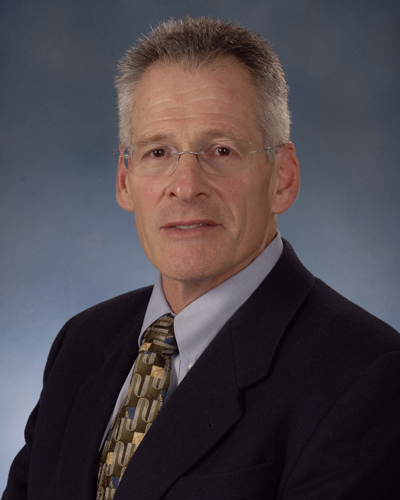
Monday, December 05, 2016
UMSOM Neuroscientist, Dr. Alan Faden, to Lead Research Collaborations Across University Campuses
University of Maryland School of Medicine Dean E. Albert Reece announced today that Alan I. Faden, MD, the David S. Brown Professor in Trauma and Professor of Anesthesiology at the University of Maryland School of Medicine (UM SOM), and Director of the UM SOM Shock Trauma and Anesthesiology Research center (STAR), has been appointed to the new position of Associate Dean for Trans-Campus Research Advancement at the UM SOM.
